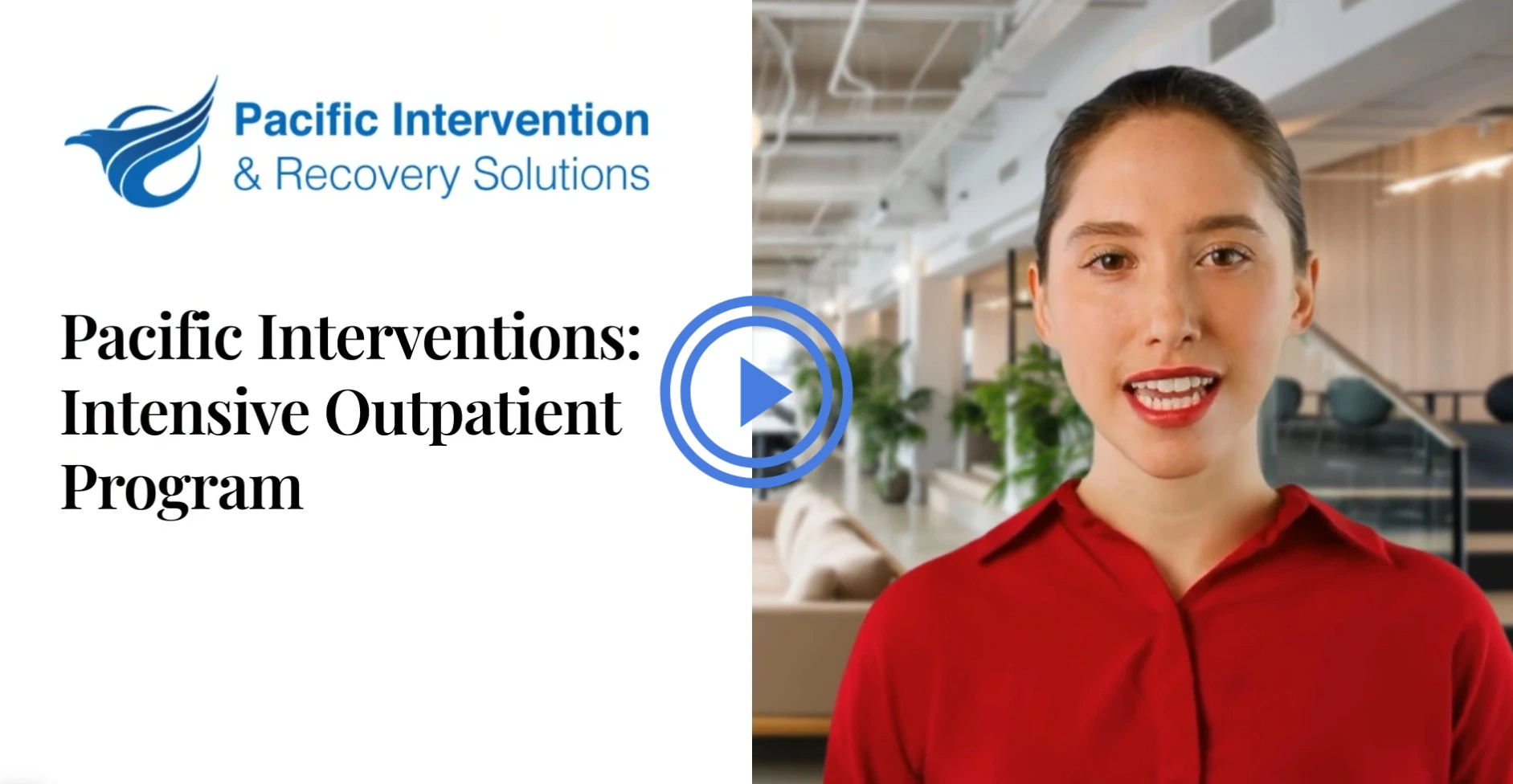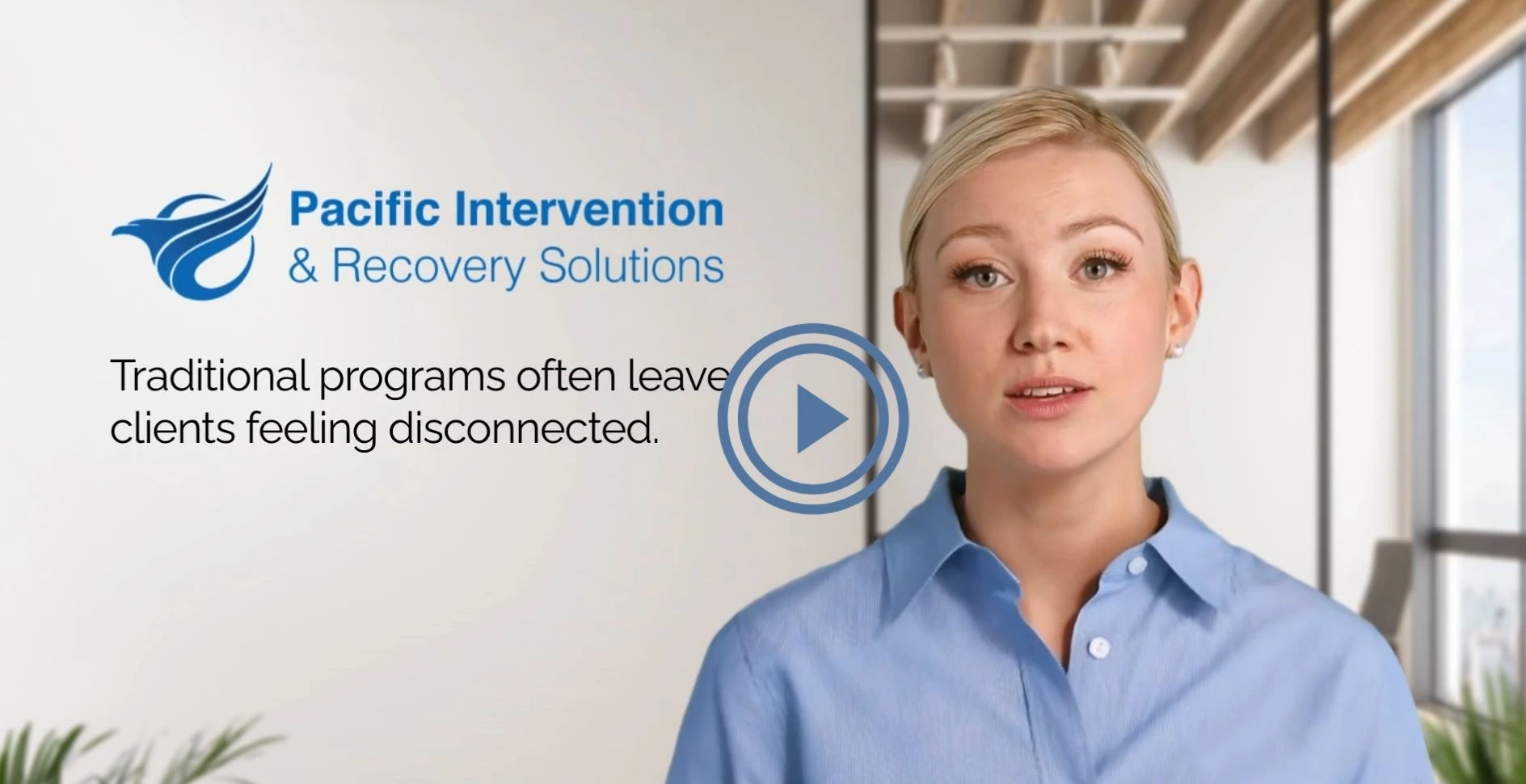Ensuring Workplace Safety: A Comprehensive Guide to Urinalysis Monitoring in Surrey, Langley, and Lower Mainland, BC
In the pursuit of maintaining workplace safety and integrity, many companies in Surrey, Langley, and the Lower Mainland of British Columbia have implemented robust urinalysis monitoring programs for their employees. These programs encompass pre-placement, post-incident, and reasonable cause testing processes, utilizing various testing methods such as urinalysis, oral fluid testing, hair analysis, breath testing (including Soberlink), and the involvement of the Department of Transportation (DOT) in certain cases.
Pre-Placement Drug and Alcohol Testing:
Pre-placement drug and alcohol testing is a critical component of the hiring process, ensuring that new employees are fit for their roles from day one. Urinalysis monitoring in this phase typically includes testing for substances such as Ethyl Glucuronide (EtG), Ethyl Sulfate (EtS), and Phosphatidylethanol (PEth). This thorough screening helps identify potential substance use issues before an employee assumes their responsibilities.
Post-Incident Drug and Alcohol Testing:
In the aftermath of a workplace incident, where there are concerns about an employee’s performance or behavior, post-incident testing is initiated. Employers may employ a combination of urinalysis, oral fluid testing, hair analysis, and breath testing, including innovative technologies like Soberlink, to promptly and accurately assess the situation.
Reasonable Cause Drug and Alcohol Testing:
When supervisors or managers observe behaviors or performance issues that give rise to reasonable cause for concern, testing is conducted to ascertain an employee’s fitness for duty. This comprehensive approach includes various drug and alcohol testing methods to determine the presence of substances that may compromise workplace safety.
Chain of Command and Verification Processes: Urinalysis and Drug Testing
Maintaining the integrity of the testing process requires a clear and well-defined chain of command. Positive test results are not considered conclusive until they undergo Gas Chromatography/Mass Spectrometry (GC/MS) testing at a certified medical laboratory. This secondary testing method ensures the accuracy of results and eliminates false positives.
Certified Medical Review Officer (MRO) Review:
Upon confirmation through GC/MS testing, positive drug and alcohol test results undergo review by a certified Medical Review Officer (MRO). MROs are licensed physicians with specialized training in substance abuse issues. They carefully review test results, conduct interviews if necessary, and ensure that any prescribed medications or legitimate reasons for positive results are considered before reporting the findings to the employer.
Involvement of the Department of Transportation (DOT):
For certain industries, such as transportation, the DOT plays a significant role in medical monitoring and lab-based testing. The DOT sets specific guidelines for drug and alcohol testing programs, ensuring consistency and reliability in results. Companies falling under DOT jurisdiction must adhere to these regulations for the safety of their employees and the public.
Drug and alcohol testing and monitoring programs are vital for creating and maintaining a safe work environment. In Surrey, Langley, and the Lower Mainland of BC, companies are implementing comprehensive testing processes, including pre-placement, post-incident, and reasonable cause testing. The involvement of GC/MS testing, certified MROs, and compliance with DOT regulations ensures accuracy, fairness, and adherence to industry standards, contributing to a safer and more productive workplace. If you are in need of any services please reach out today.









